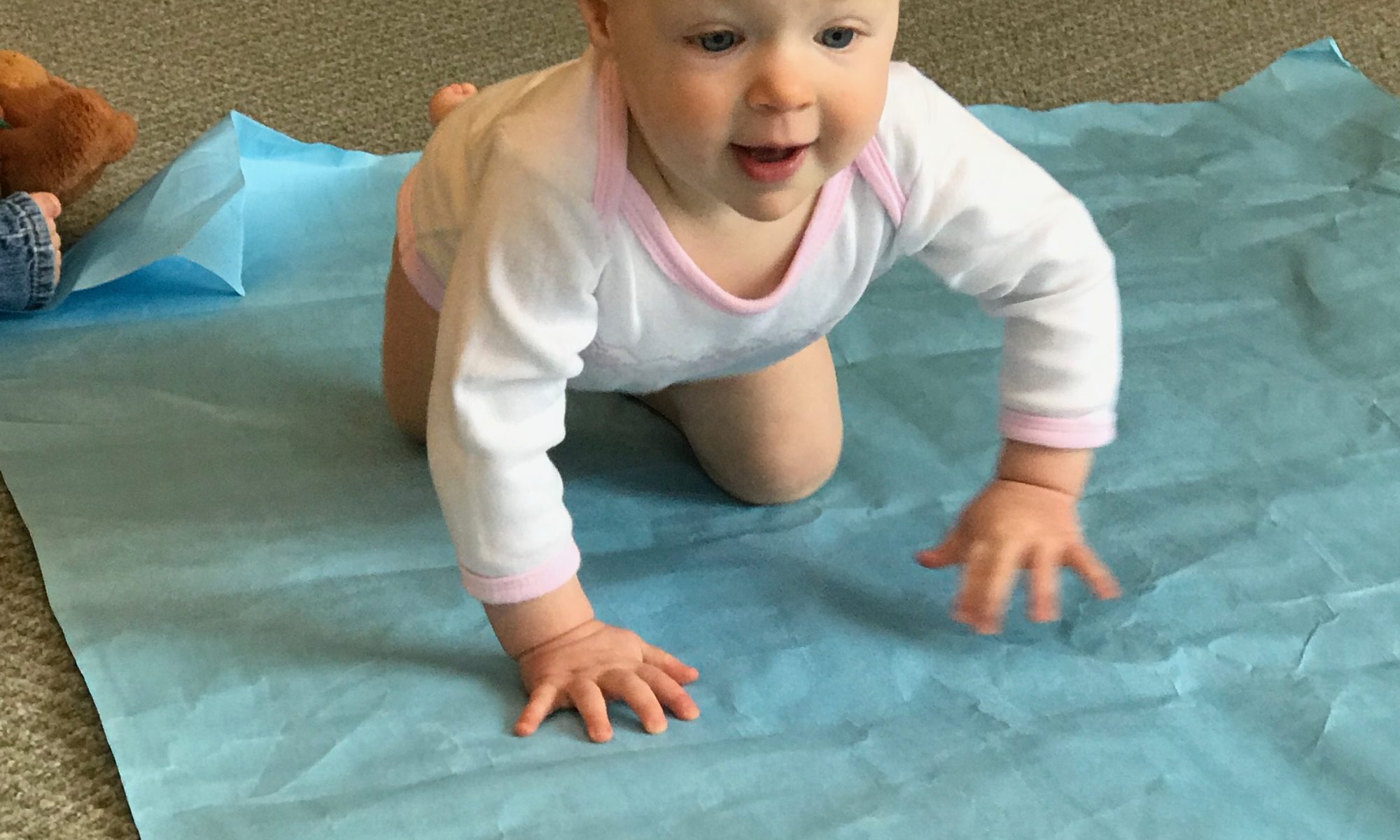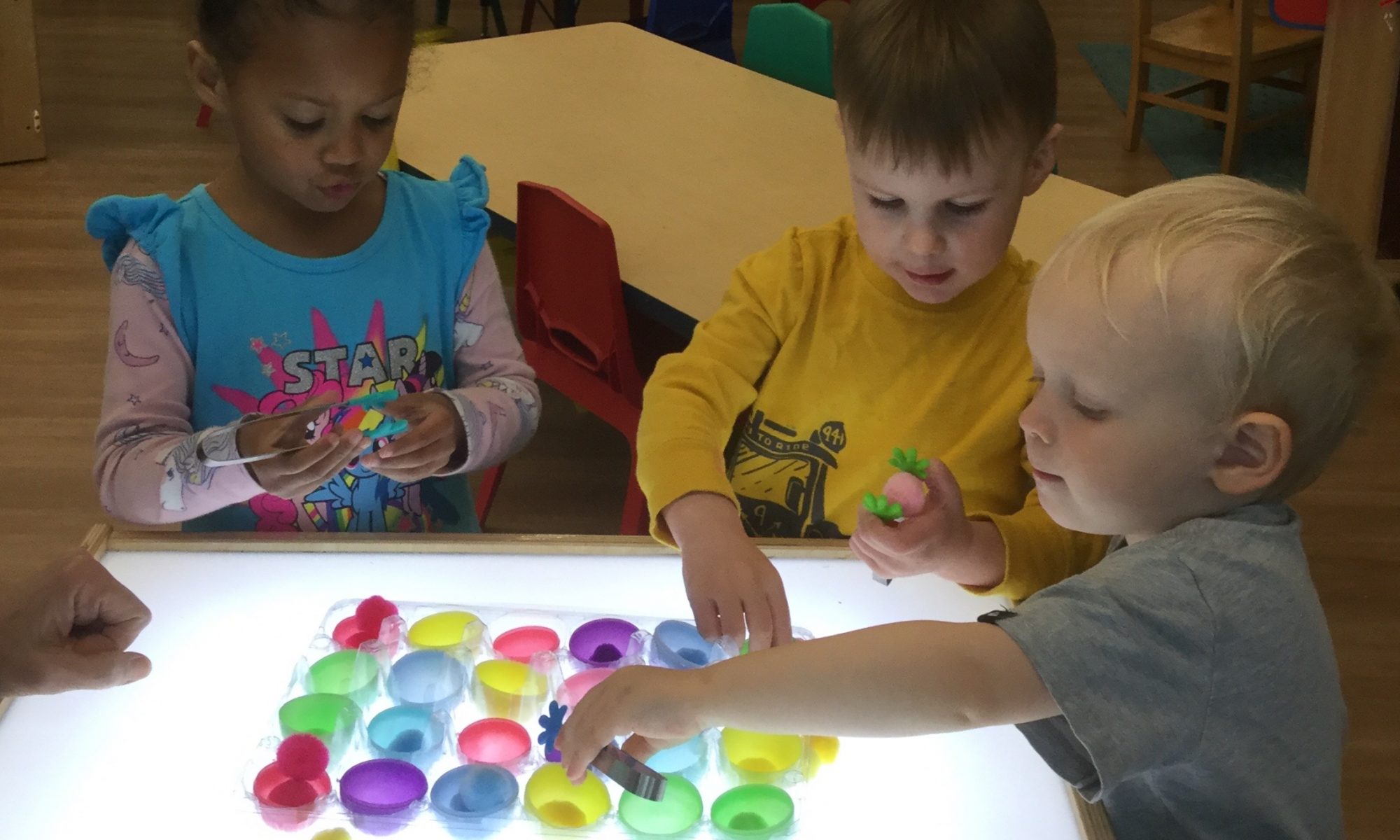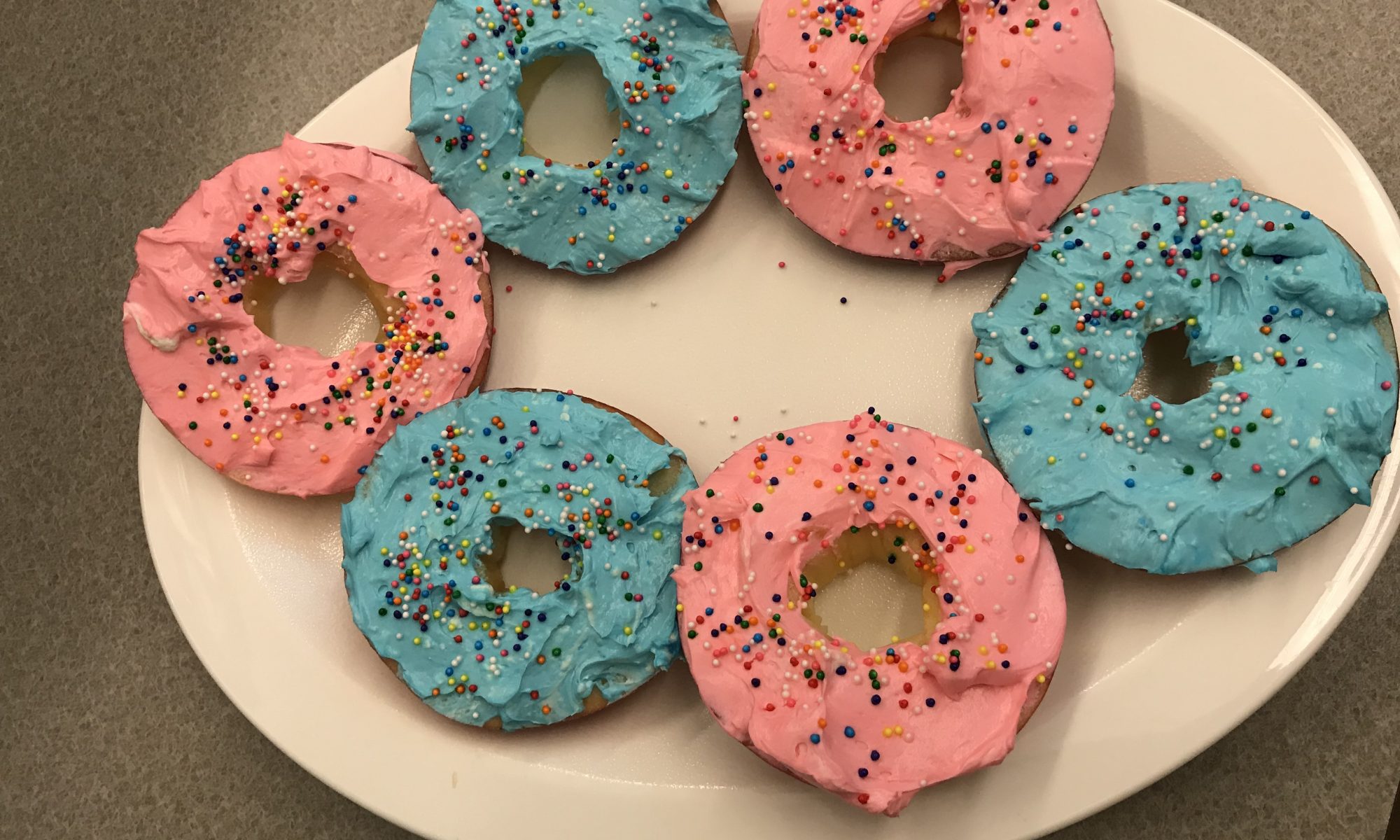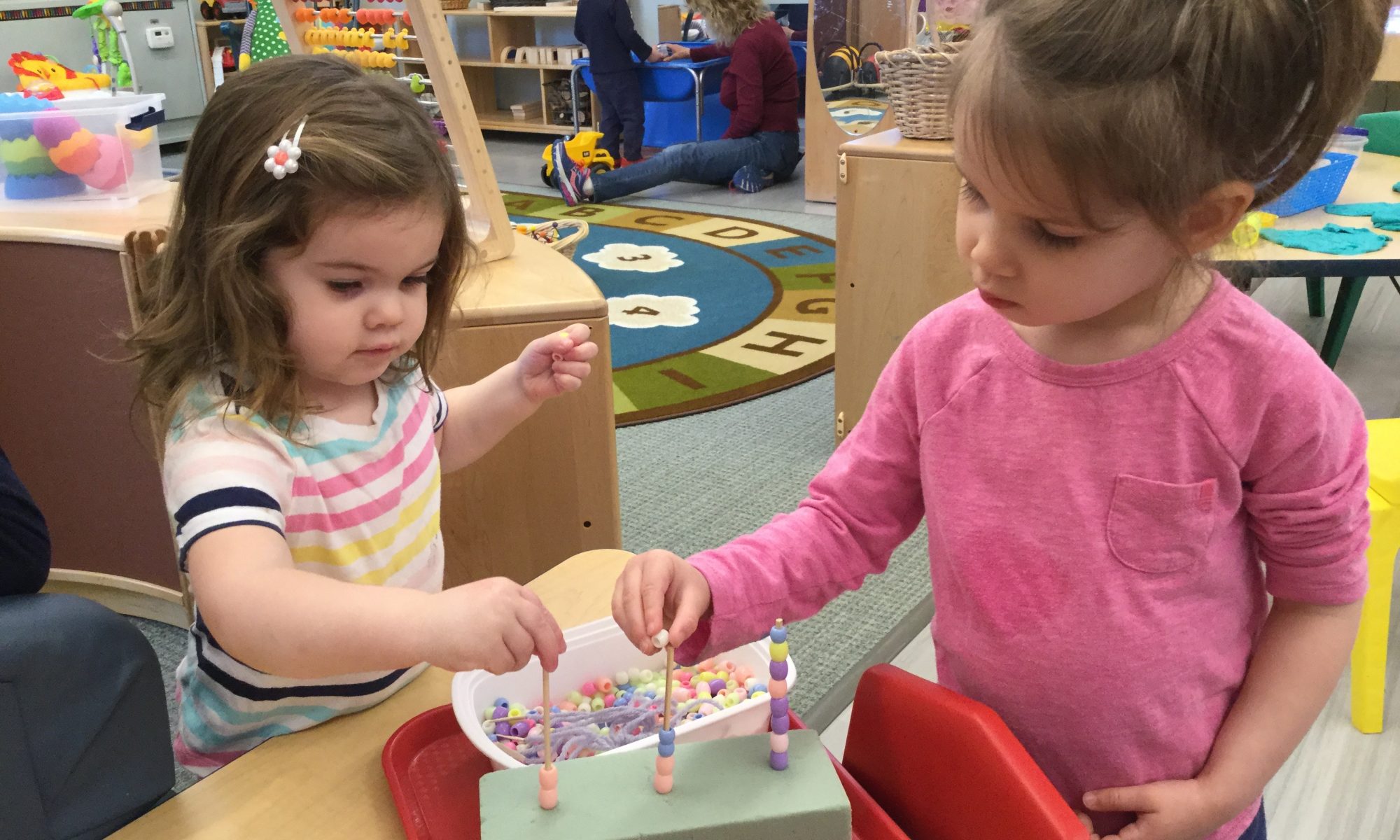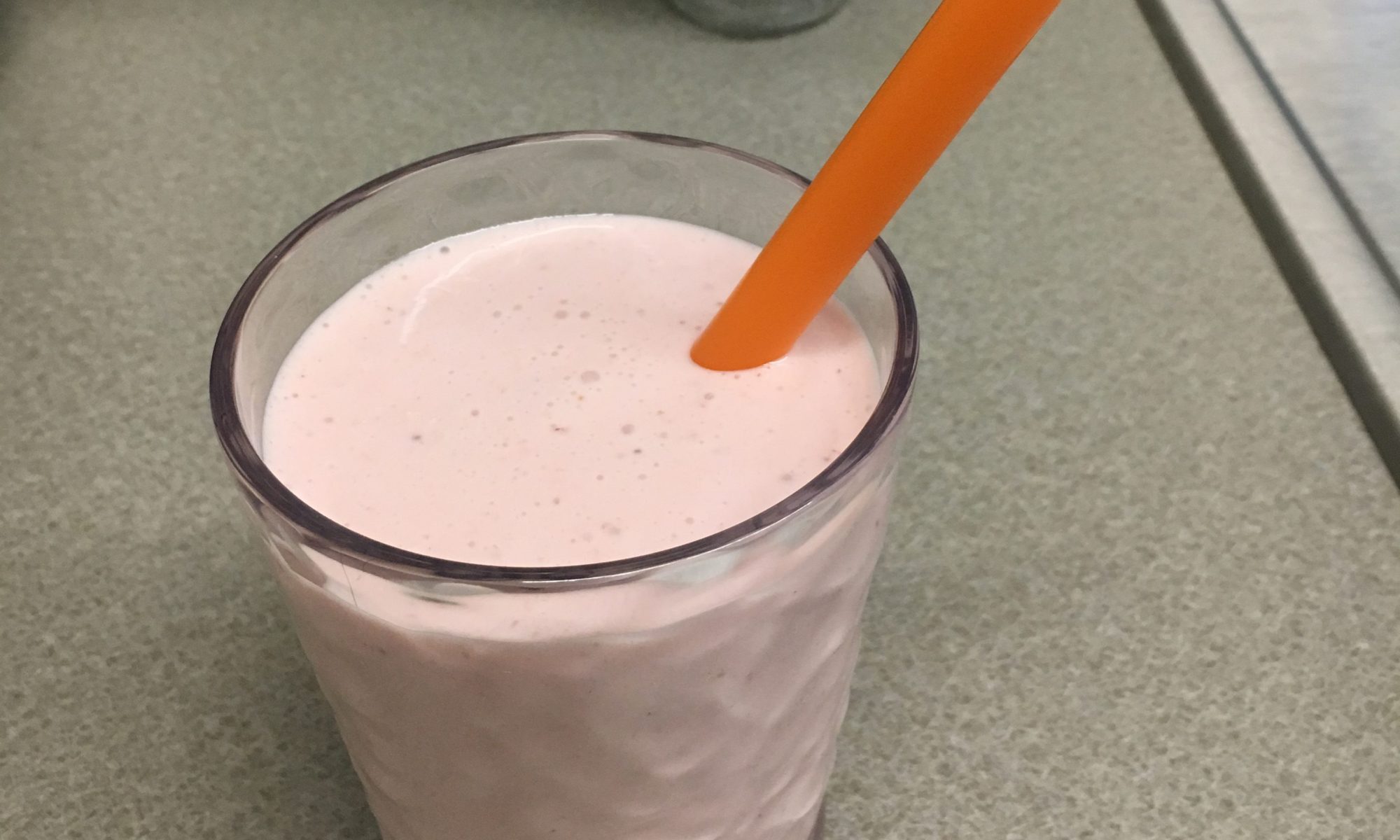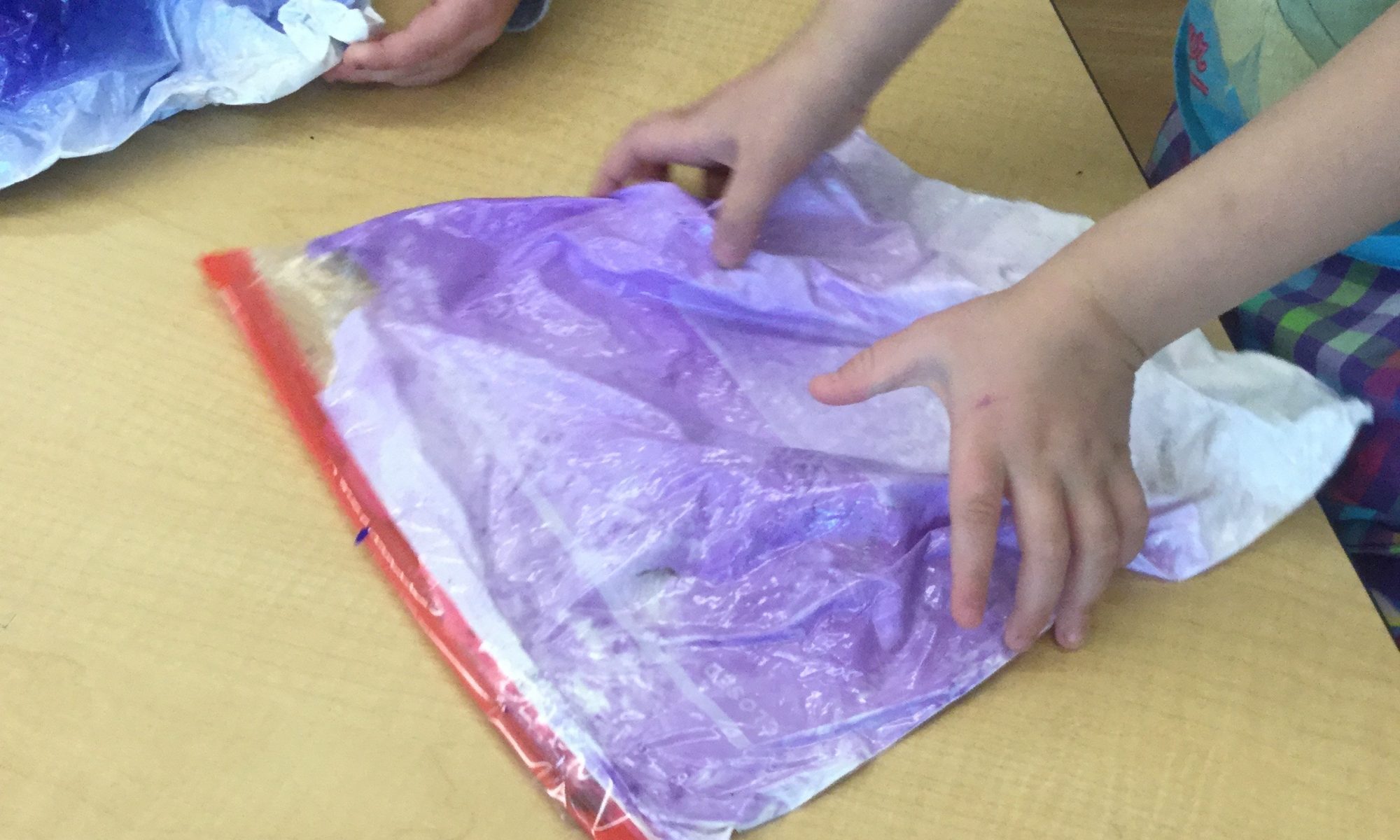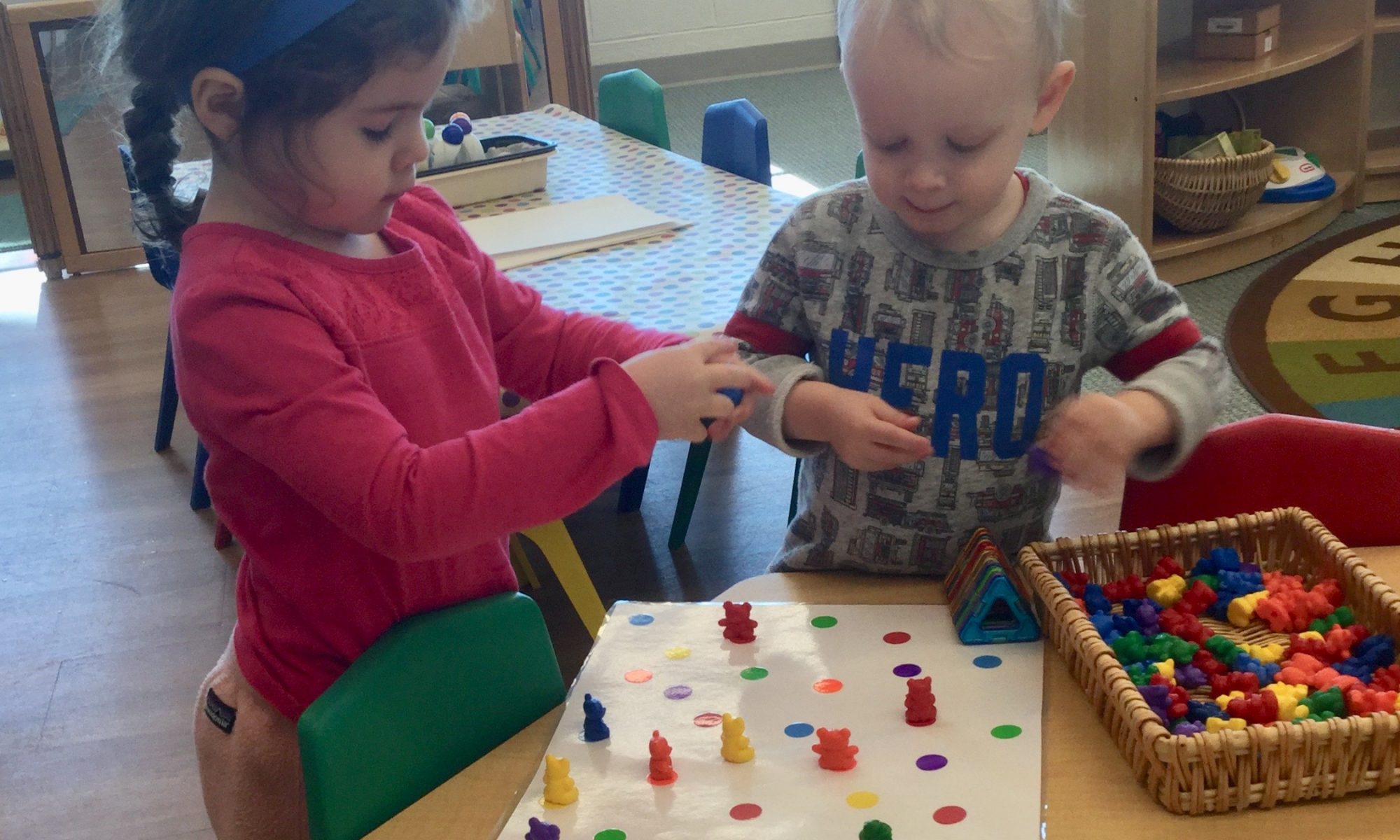Materials:
A large sheet of butcher paper, approx. 4” x 6” (A large sheet of gift wrap would work well, too.)
1 eager, crawling toddler
Directions: Scrunch up the sheet of paper into a ball and then spread it out again on the floor. Put your baby at one end and quickly go to the other end. Encourage your baby to come to you. This is a great time for baby to be in a onesie and a diaper! Talk to him about the crunchy noise the paper makes. Let him crawl as much as he wants. Try rolling a small ball across the paper for him to fetch. When his interest wanes, scrunch the paper into a ball again and try rolling it to him. Most toddlers love exploring paper, and it’s a great interactive activity to do with your child!

